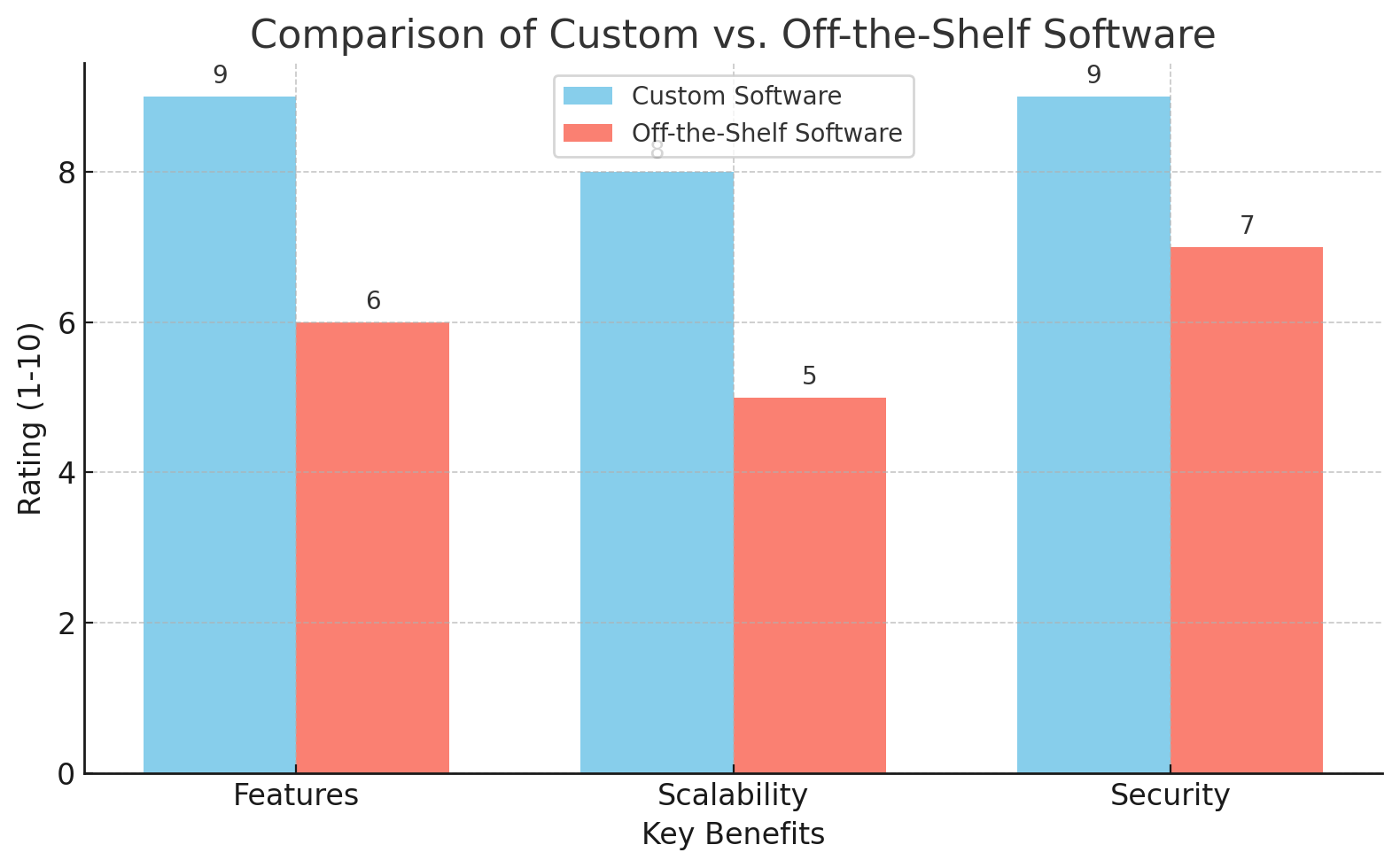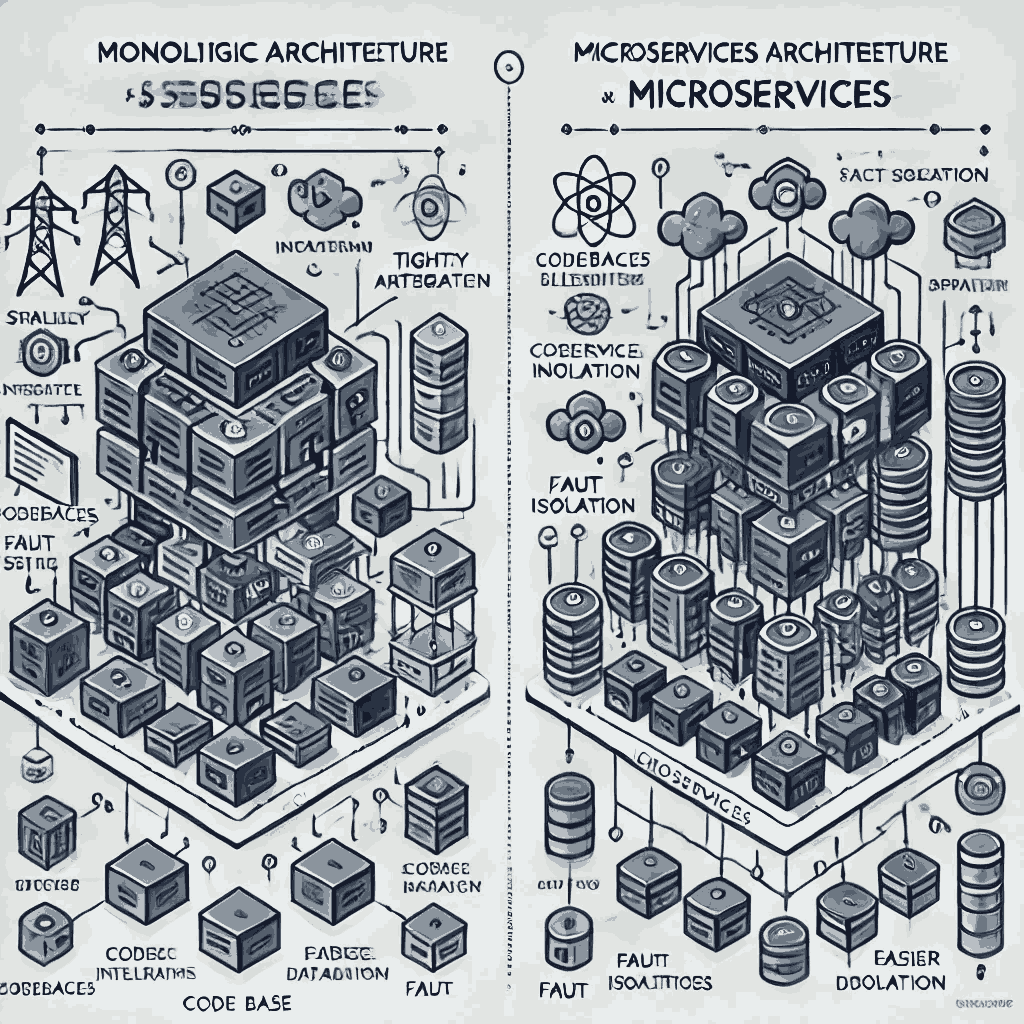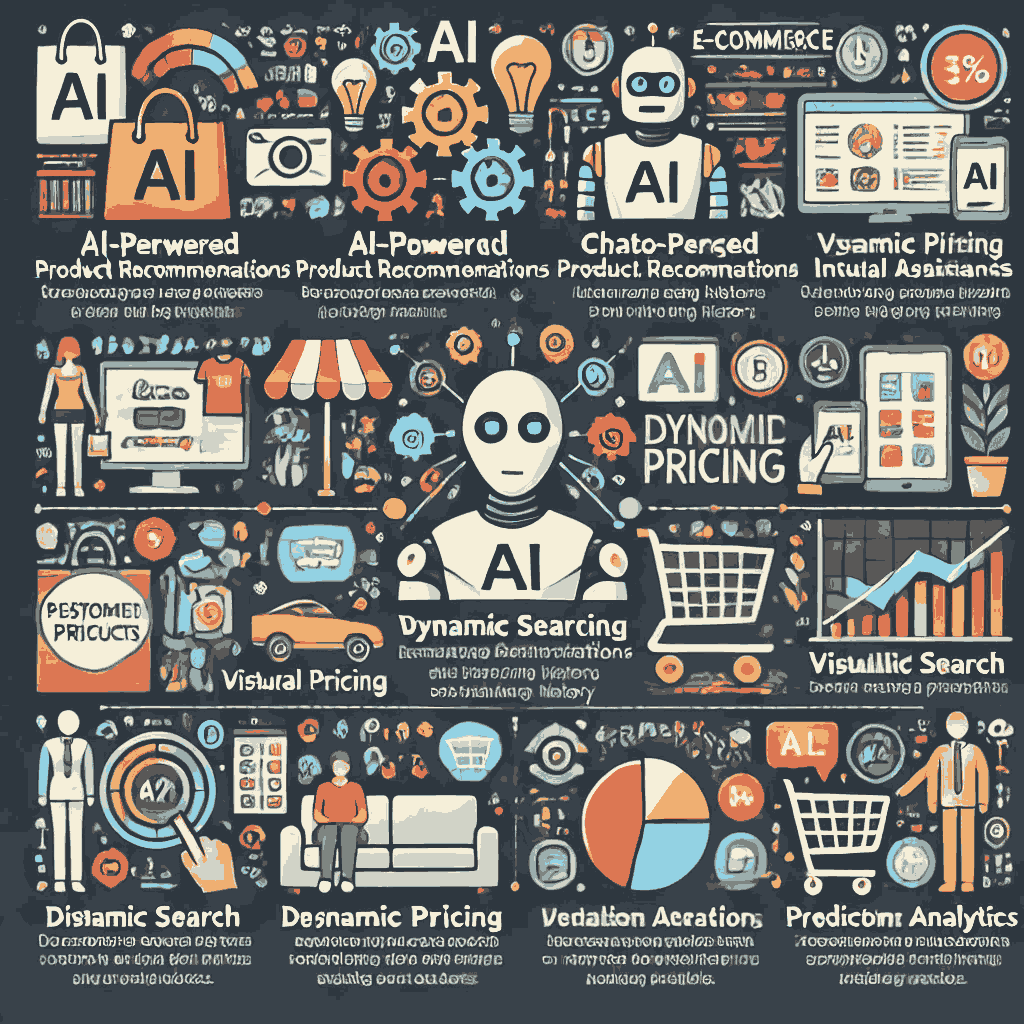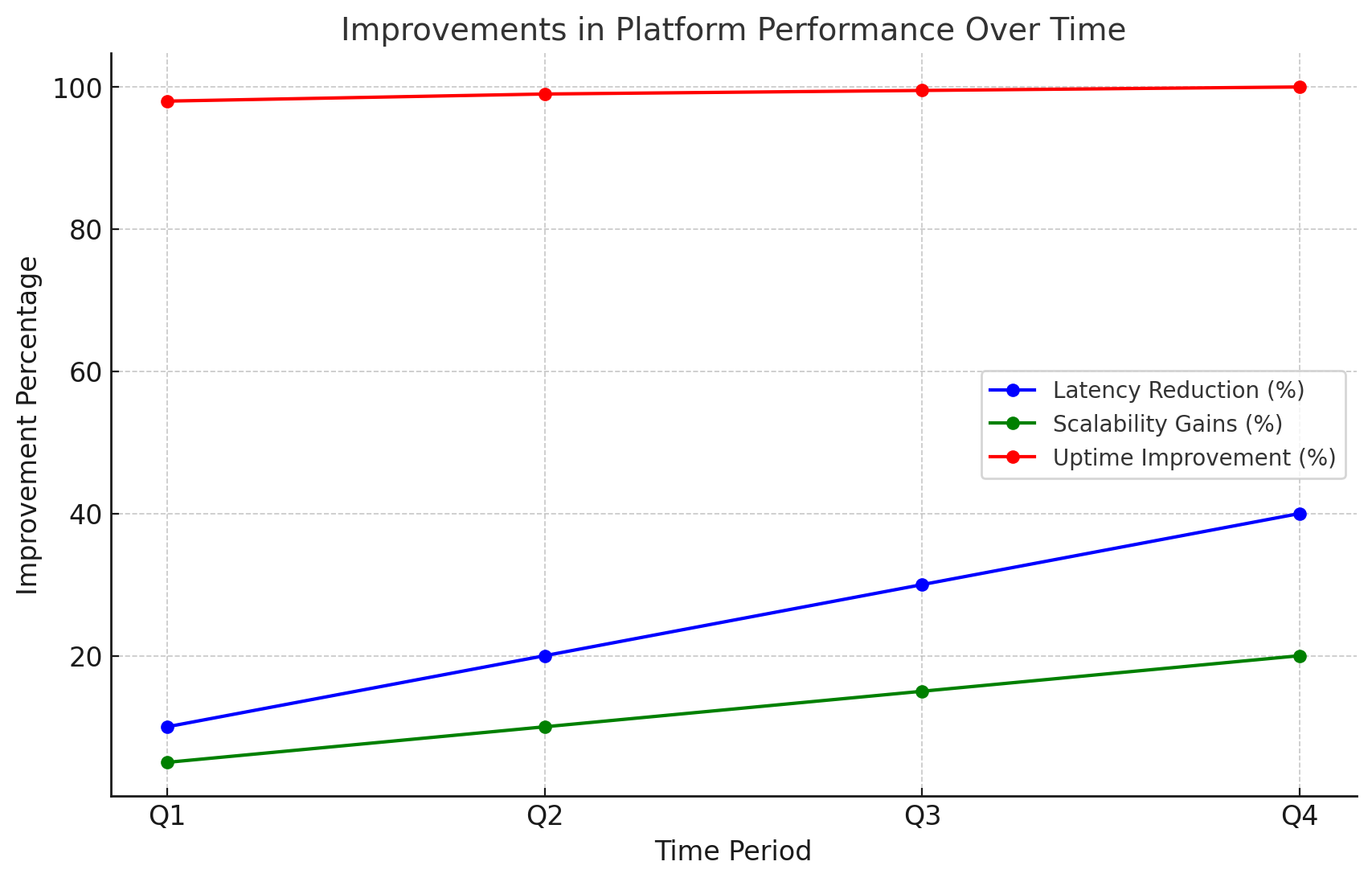E-commerce has revolutionized how the world shops, and global platforms face unique challenges when scaling to serve millions of users across multiple regions. From handling diverse customer expectations to managing complex logistics, building a seamless, efficient platform demands cutting-edge solutions. This blog explores how custom software solutions can address these challenges, streamline development, and enhance operational efficiency.
The Challenges of Operating a Global E-Commerce Platform
1. Diverse Customer Base
Global platforms cater to users from different cultures, languages, and purchasing behaviors. Delivering personalized experiences while maintaining uniformity is challenging.
2. Complex Logistics
Coordinating shipping, inventory management, and fulfillment across continents requires robust systems that can adapt to various regulations and time zones.
3. Scalability and Performance
High traffic during peak shopping seasons demands an infrastructure that can handle millions of transactions per second.
4. Security and Compliance
Compliance with international data protection laws, such as GDPR, adds layers of complexity to platform development.
Why Custom Software Solutions?
Custom software offers tailored solutions that address the unique needs of global e-commerce businesses. Here’s why it’s essential:
1. Personalization at Scale
Custom solutions allow for localized content, language support, and personalized recommendations based on user behavior.
2. Optimized Logistics Management
Software tailored to an e-commerce platform’s specific operations ensures efficient inventory tracking, route optimization, and order fulfillment.
3. Enhanced Scalability
Custom architectures designed for e-commerce can scale dynamically to accommodate sudden spikes in traffic.
4. Improved Security
Customized systems can incorporate advanced security measures, such as AI-driven threat detection and encryption, tailored to the platform’s needs.

Building Blocks of a Custom Solution
1. Cloud Infrastructure
Moving to cloud platforms like AWS, Google Cloud, or Azure enables global reach and ensures high availability.
2. Microservices Architecture
Breaking the application into independent modules allows for easier updates and scaling.

3. Localization Features
- Multi-language support.
- Region-specific payment gateways.
- Currency conversion and taxation compliance.
4. AI-Driven Personalization
- Machine learning models for personalized product recommendations.
- Sentiment analysis for customer feedback.
- Predictive analytics for inventory management.

5. Automation and CI/CD Pipelines
- Automated testing and deployment for faster feature rollouts.
- Real-time monitoring to identify and fix issues proactively.
Case Study: Transforming a Global E-Commerce Platform
Background
A global e-commerce giant faced challenges with scalability, localization, and logistics. They partnered with us to develop a custom software solution tailored to their needs.
Approach
- Conducted a detailed assessment of their existing infrastructure.
- Migrated their platform to a cloud-native microservices architecture.
- Integrated AI-driven personalization and automated inventory management.
- Enhanced security measures to comply with global regulations.

Results
- Reduced page load time by 40%.
- Achieved 99.99% uptime.
- Increased sales conversion rates by 25%.
Measuring the Impact of Custom Solutions
1. Increased Operational Efficiency
Custom software eliminates redundant processes, streamlining operations.
2. Enhanced User Experience
Localized content and faster response times improve customer satisfaction.
3. Scalability and Cost Efficiency
Dynamic scaling reduces infrastructure costs during off-peak hours while supporting peak traffic.
4. Improved Security and Compliance
Meeting global compliance standards builds customer trust and reduces legal risks.
Future Trends in E-Commerce Software Development
1. AI and Machine Learning
Advanced algorithms will enable hyper-personalization and predictive analytics.
2. Blockchain for Secure Transactions
Decentralized systems will enhance payment security and transparency.
3. Edge Computing
Processing data closer to users will improve performance and reduce latency.
4. Voice and Visual Search Integration
Next-gen search capabilities will redefine how users interact with platforms.
Best Practices for Developing Custom Solutions
1. Start with a Thorough Needs Assessment
Understand your platform’s specific pain points and goals.
2. Choose the Right Technology Stack
Opt for tools and frameworks that align with your scalability and performance requirements.
3. Focus on User-Centric Design
Prioritize ease of use, accessibility, and responsiveness.
4. Invest in Continuous Improvement
Regularly update and optimize your software to stay ahead of market demands.
Conclusion
Custom software solutions are the cornerstone of a successful global e-commerce platform. By addressing unique challenges, enhancing scalability, and personalizing user experiences, these solutions drive growth and build competitive advantage. As e-commerce continues to evolve, investing in tailored technology will be critical for businesses aiming to thrive on a global scale.
FAQs
Global e-commerce platforms often face challenges such as handling high traffic volumes, managing complex inventory across multiple regions, providing seamless multilingual and multicurrency support, ensuring fast and secure payment processing, and maintaining platform performance and uptime during peak periods like sales events.
Custom software solutions are tailored to the specific needs of the e-commerce platform, enabling:
- Integration of region-specific payment gateways and logistics systems.
- Development of scalable architectures to handle traffic spikes.
- Implementation of advanced features like personalized recommendations and AI-powered search.
- Automation of backend processes, such as inventory management and order tracking.
Technologies often used include:
- Cloud services: AWS, Google Cloud, or Azure for scalability and performance.
- Frontend frameworks: React, Angular, or Vue.js for a responsive user interface.
- Backend technologies: Node.js, Python, or Java for robust server-side processing.
- Databases: MySQL, PostgreSQL, or MongoDB for efficient data management.
- DevOps tools: Docker, Kubernetes, and CI/CD pipelines for streamlined development and deployment.
Custom software solutions provide several benefits, including:
- Enhanced flexibility to adapt to specific business needs.
- Improved scalability to support growth and handle regional traffic variations.
- Seamless integration with third-party services like CRM, ERP, and marketing tools.
- Superior customer experiences through tailored features and faster platform performance.
- Long-term cost efficiency by reducing reliance on generic software that may require extensive modifications.





